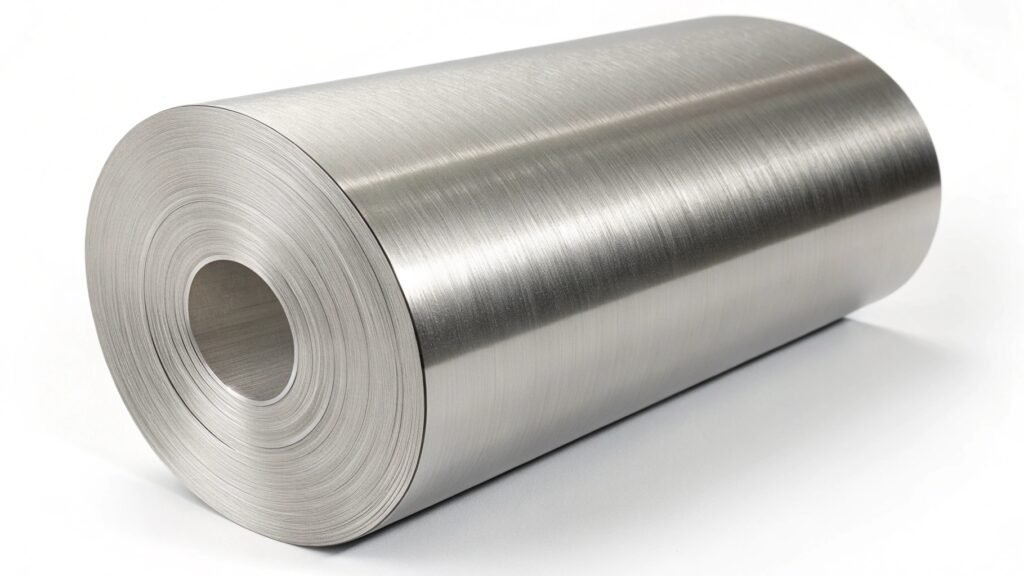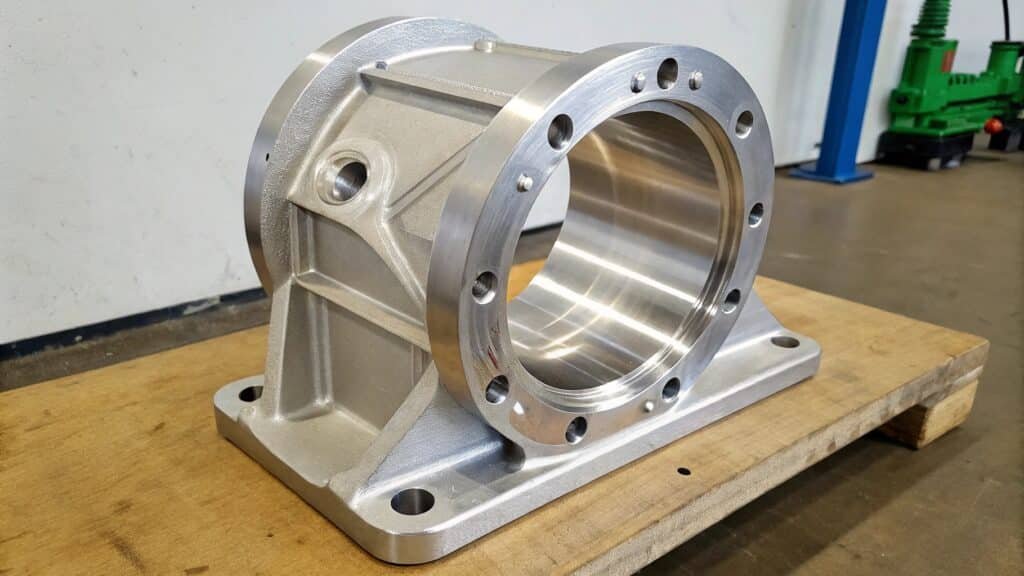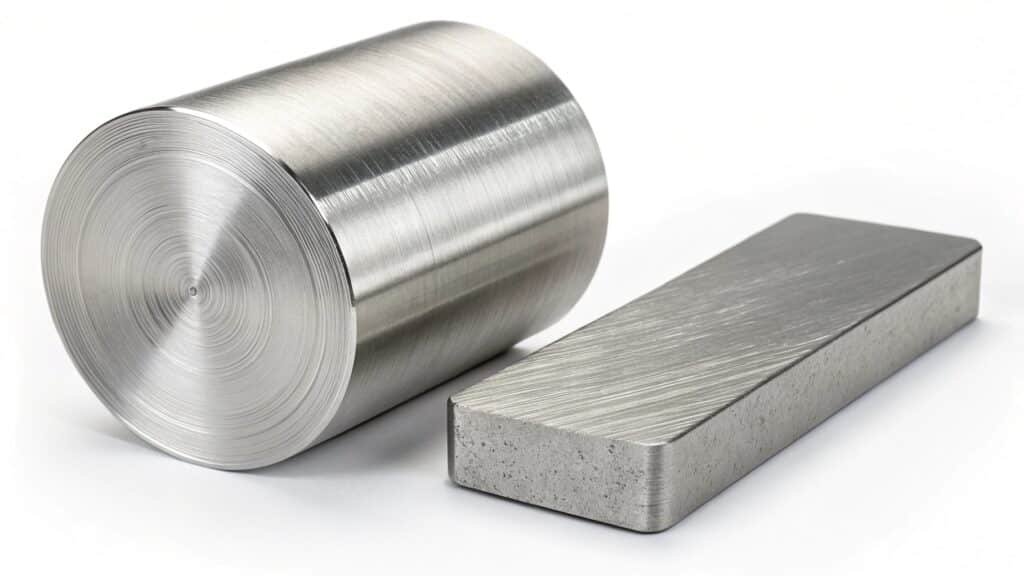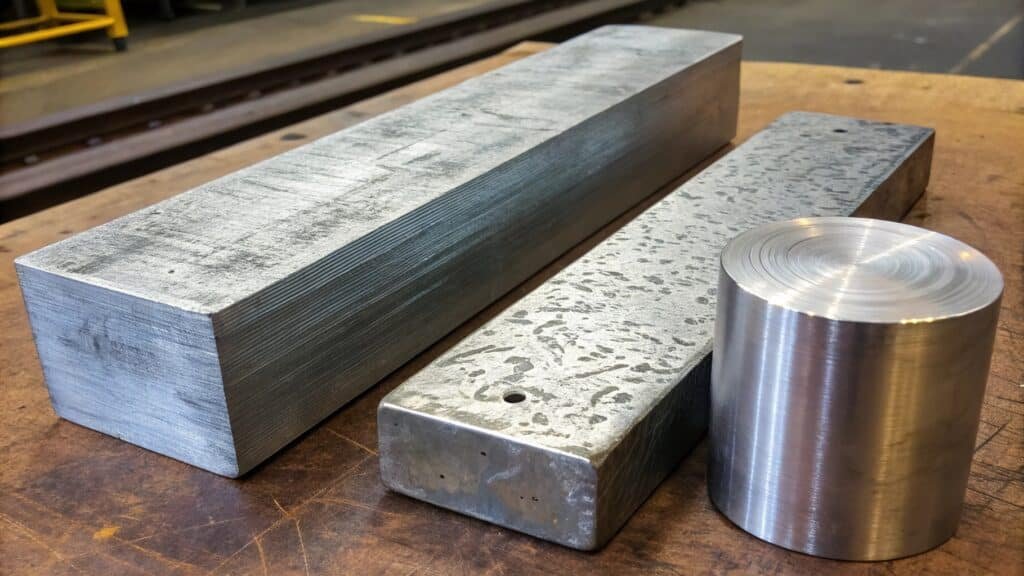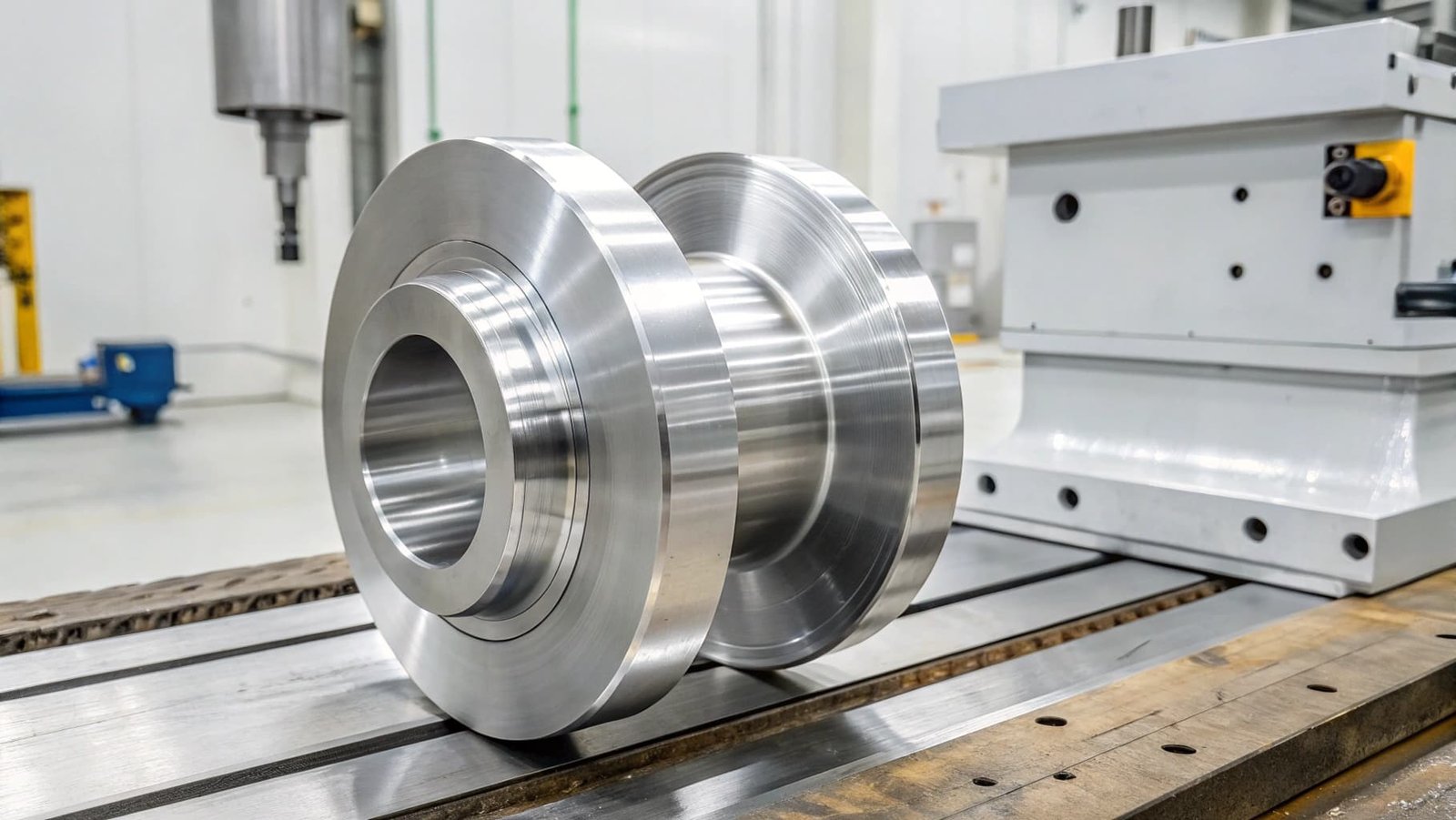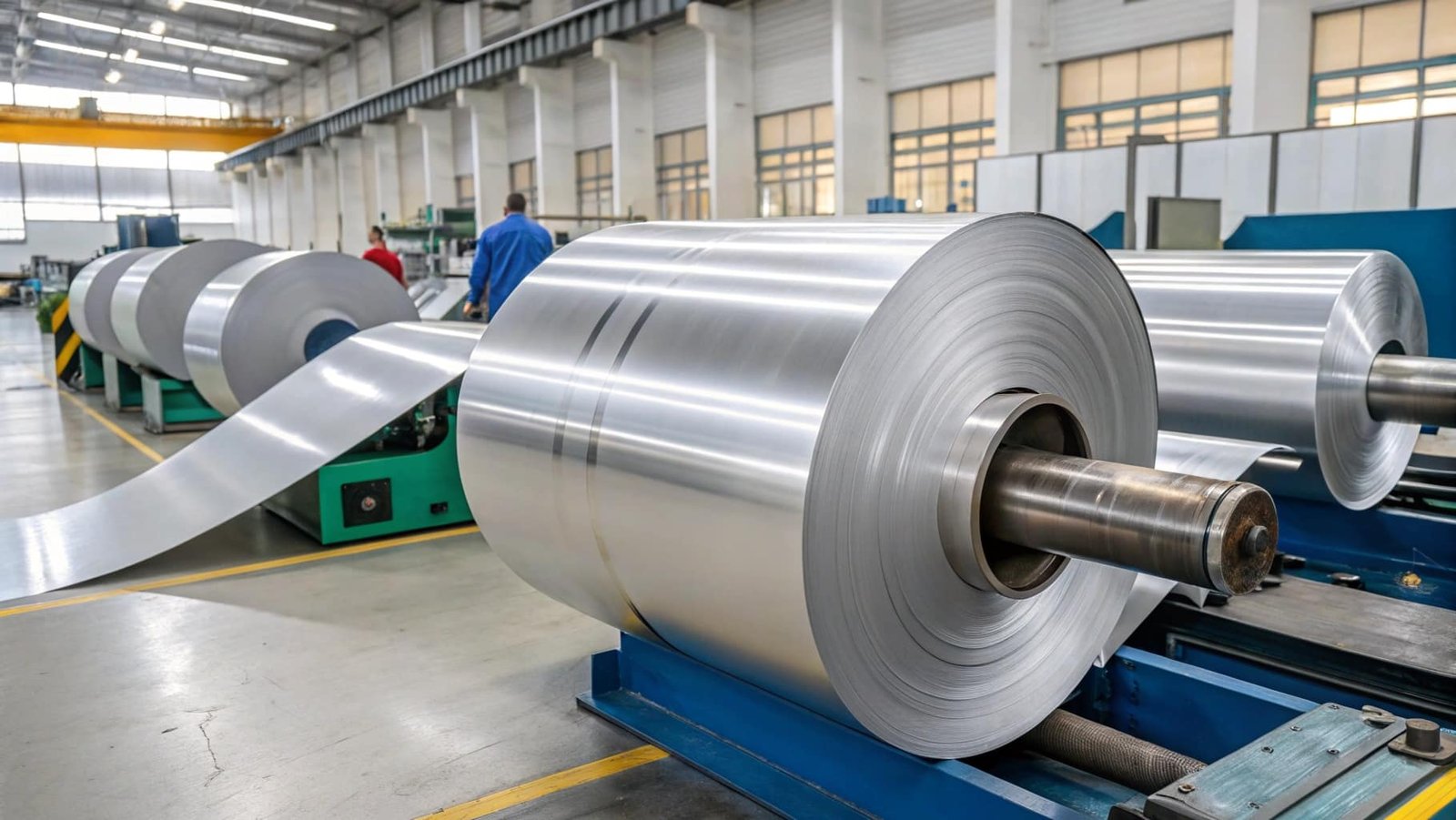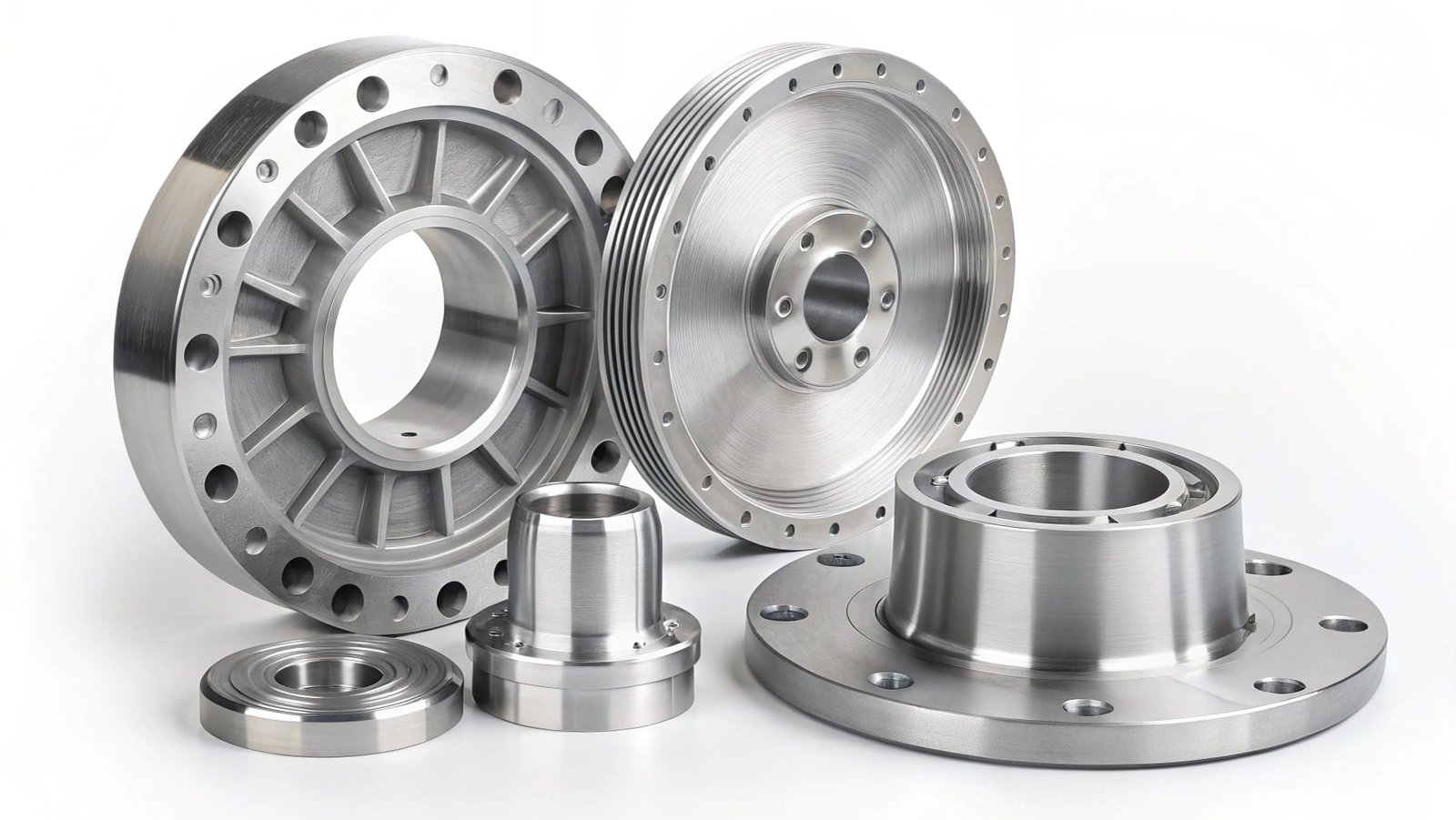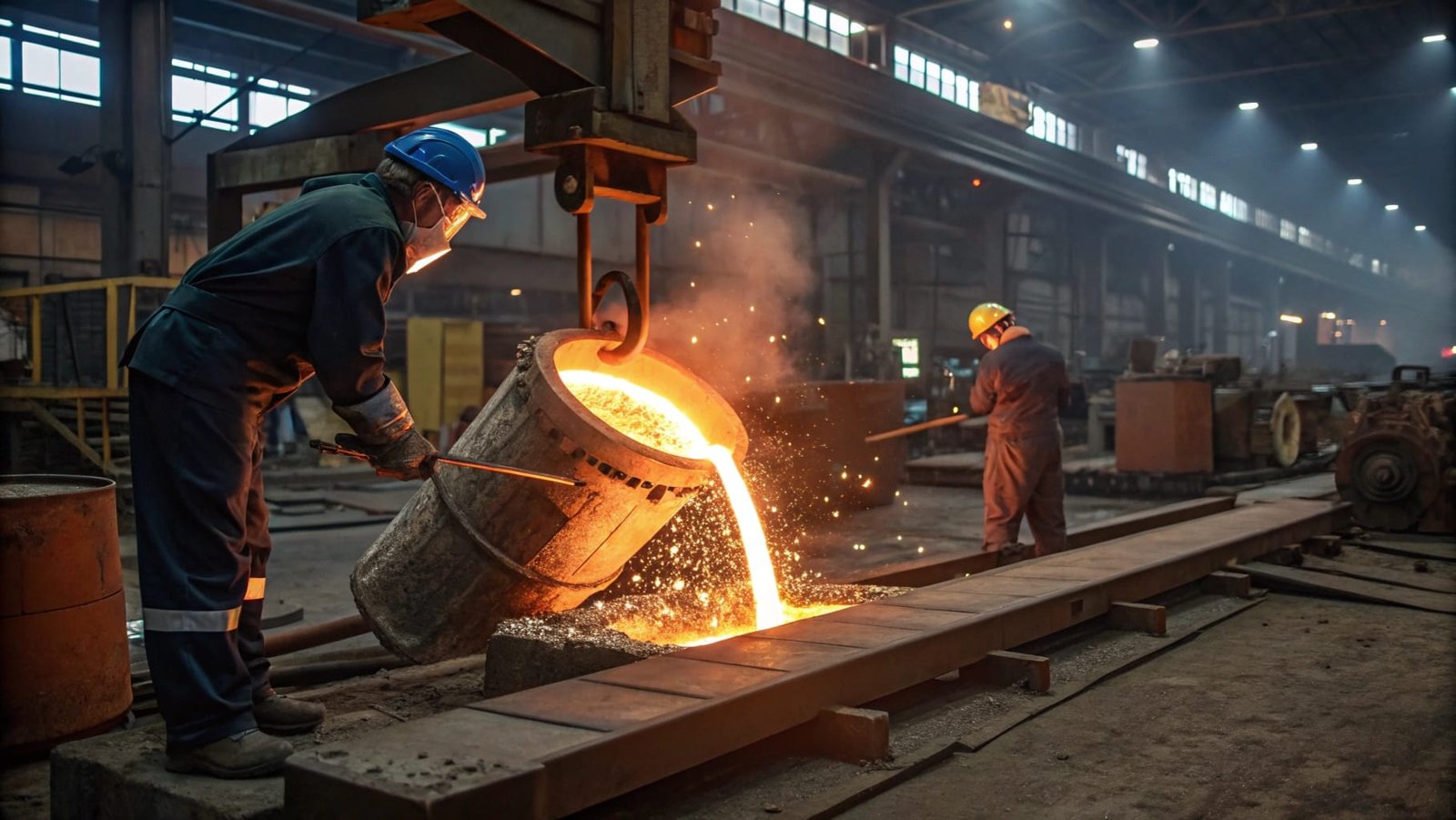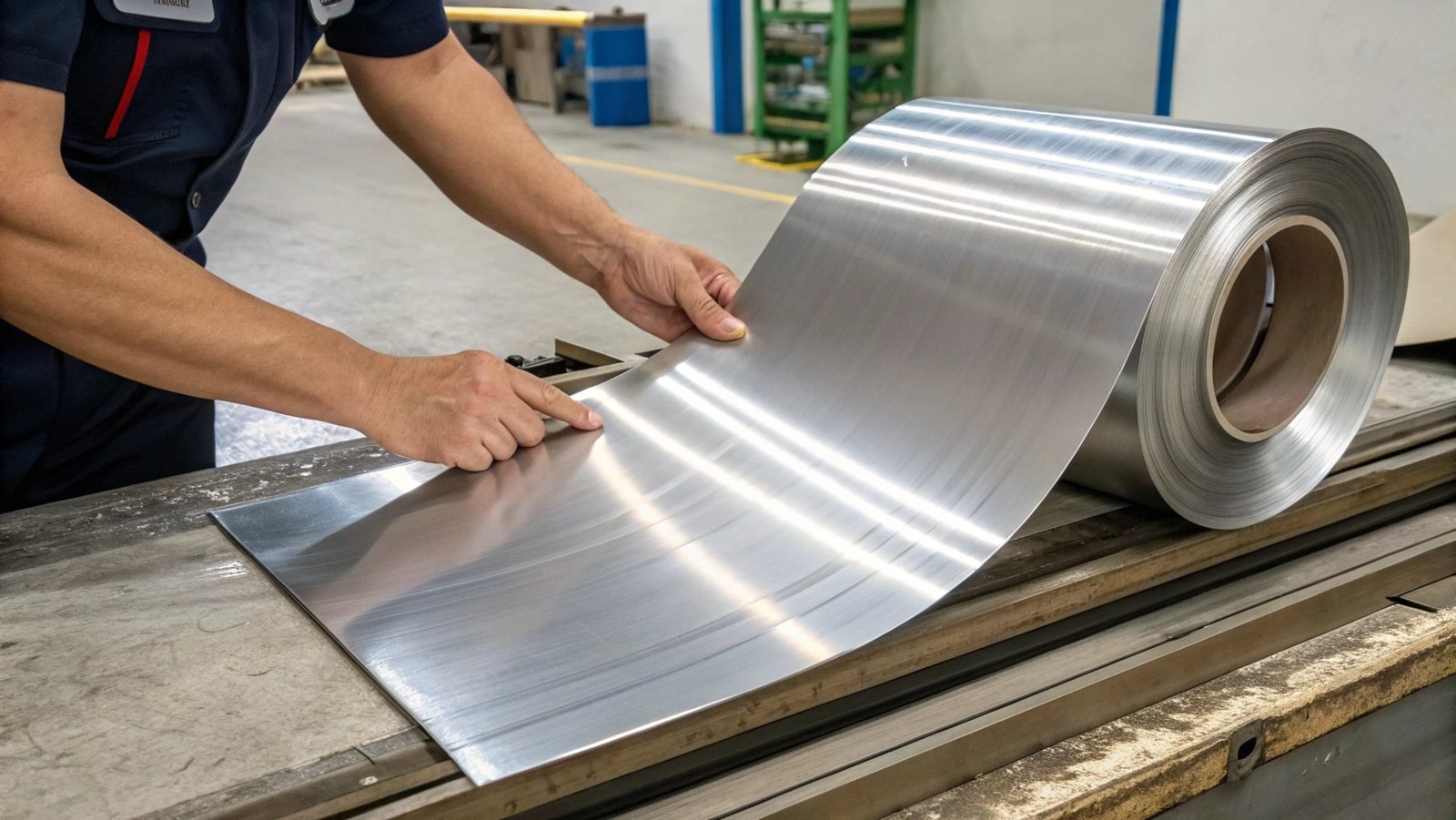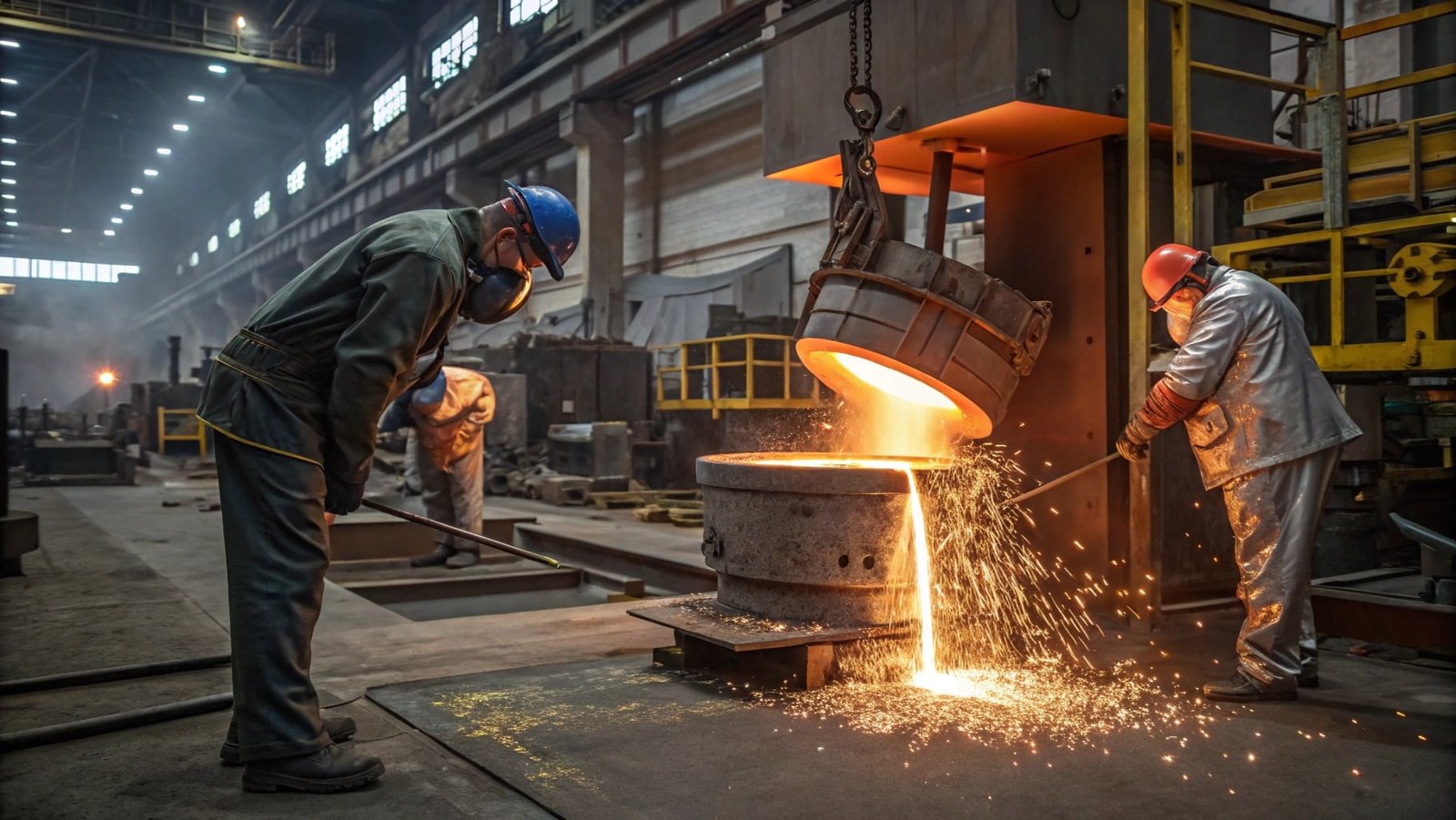Are you struggling with aluminum alloys1 that are difficult to machine, leading to increased costs and production delays? Understanding how the manufacturing process impacts machinability is key.
At SWA Forging, our specialized forging process significantly enhances the machinability of aluminum alloys, offering a superior alternative to casting by improving material structure and consistency.
Let's explore why our forging expertise delivers better results for your machining needs.
What is the best aluminum casting alloy for machinability?
Wondering which aluminum casting alloys are easiest to machine? Knowing this helps in selecting materials for cast components.
Series 3000 and 4000 aluminum alloys are generally considered good for casting machinability due to their lower hardness, but series 6000 alloys are often preferred for forged parts due to their excellent balance of strength and machinability.
When it comes to casting, certain aluminum alloys stand out for their machining performance. Alloys in the 3000 series, like 3003, are known for their good workability and moderate strength. They tend to produce a continuous chip during machining, which can be advantageous for surface finish. Similarly, 4000 series alloys, often used for their lower melting points and good fluidity in casting, also exhibit decent machinability. However, if we look at alloys that are commonly used for forging and then machined, the 6000 series, particularly 6061, often emerges as a top choice. While a casting alloy, 6061 in its T6 temper, when forged, offers a superb combination of good strength, corrosion resistance2, and excellent machinability. The controlled grain structure achieved through forging—as opposed to the potentially more varied structure in casting—allows for cleaner cuts, less tool wear, and higher machining speeds, which is why we focus on forging these types of alloys for our clients who prioritize ease of machining.
What are the benefits of forged aluminum?
Curious about why forged aluminum is so highly valued in demanding applications? Understanding its benefits highlights its advantages.
Forged aluminum benefits from superior strength, improved fatigue resistance, better ductility, and enhanced structural integrity due to its refined grain structure and reduced porosity.
The advantages of choosing forged aluminum are substantial, especially when compared to other manufacturing methods like casting or fabrication from sheet metal. Primarily, forging creates a component with an inherently superior grain structure. As the metal is deformed under high pressure, the internal grains align in a continuous flow pattern that follows the part's contour. This alignment eliminates internal defects like voids and porosity that can plague cast parts. Consequently, forged aluminum exhibits significantly higher tensile strength, yield strength, and fatigue strength. This means forged parts can withstand greater loads, resist cracking under repeated stress cycles, and offer a longer service life. Furthermore, forging improves the ductility of aluminum, allowing it to deform more before fracturing, which is crucial for impact resistance. The controlled nature of forging also leads to tighter dimensional tolerances and a better surface finish from the outset, often reducing the need for extensive post-machining. My clients often choose forged aluminum from SWA Forging for critical applications where reliability and performance under stress are paramount, and these benefits are precisely why.
What is the aluminium alloy for forging?
Wondering which aluminum alloys are best suited for the forging process? Knowing the right alloys ensures optimal results.
Common aluminum alloys for forging include Series 1xxx (pure aluminum), Series 3xxx, Series 5xxx, and Series 6xxx, with 6061 and 6082 being particularly popular due to their excellent balance of strength, formability, and corrosion resistance.
Selecting the right aluminum alloy for forging depends heavily on the intended application and desired properties of the final part. Pure aluminum ( 1xxx series), while very formable, lacks the strength for most structural applications. The 3xxx series, like 3003, offers good workability and is suitable for applications requiring moderate strength and good corrosion resistance, often used for items like cooking utensils or decorative trim. The 5xxx series, which contains magnesium, offers a good combination of strength and weldability, making alloys like 5052 a common choice for marine applications or sheet metal work that may involve forming. However, the 6xxx series alloys, particularly 6061 and 6082, are extremely popular for forging and subsequent machining. These alloys contain magnesium and silicon, which allow them to be heat-treated to achieve high strength, comparable to some steels. They also offer good corrosion resistance and, crucially for our clients, excellent machinability after forging. At SWA Forging, we frequently work with these 6xxx series alloys to produce high-quality, robust components for various industries, balancing the needs for strength, durability, and ease of finishing.
What are the advantages of forged aluminum over cast aluminum?
If you're deciding between forged and cast aluminum, understanding the key differences is essential. What makes one potentially better than the other?
Forged aluminum offers superior mechanical properties like strength and fatigue resistance, better ductility, and a more consistent, defect-free internal structure compared to cast aluminum.
The comparison between forged aluminum and cast aluminum often boils down to the internal structure and the resulting mechanical performance. One of the most significant advantages of forged aluminum is its superior mechanical strength. The forging process aligns the metal's grain structure, creating a continuous flow that enhances tensile strength, yield strength, and hardness. Cast aluminum, formed by pouring molten metal into a mold, typically has a more random grain structure and can contain internal defects such as voids, gas porosity, or shrinkage cavities. These imperfections act as stress risers, reducing the overall strength and fatigue life of the component. This means forged parts are much more resistant to cracking under stress and have a longer lifespan, especially in applications involving dynamic loads or impacts. Additionally, forged aluminum generally exhibits better ductility, allowing it to absorb more energy before failure. While casting can be more cost-effective for producing complex shapes in high volumes and may require less secondary machining for intricate designs, the inherent material integrity and performance advantages of forged aluminum make it the preferred choice for critical applications where reliability and durability are paramount. Our clients choose SWA Forging precisely for these benefits, ensuring their components can withstand demanding operational conditions.
Conclusion
Forging enhances aluminum's machinability by refining its grain structure, offering superior strength and consistency over casting; common forged alloys like 6061 provide excellent performance for demanding applications.

